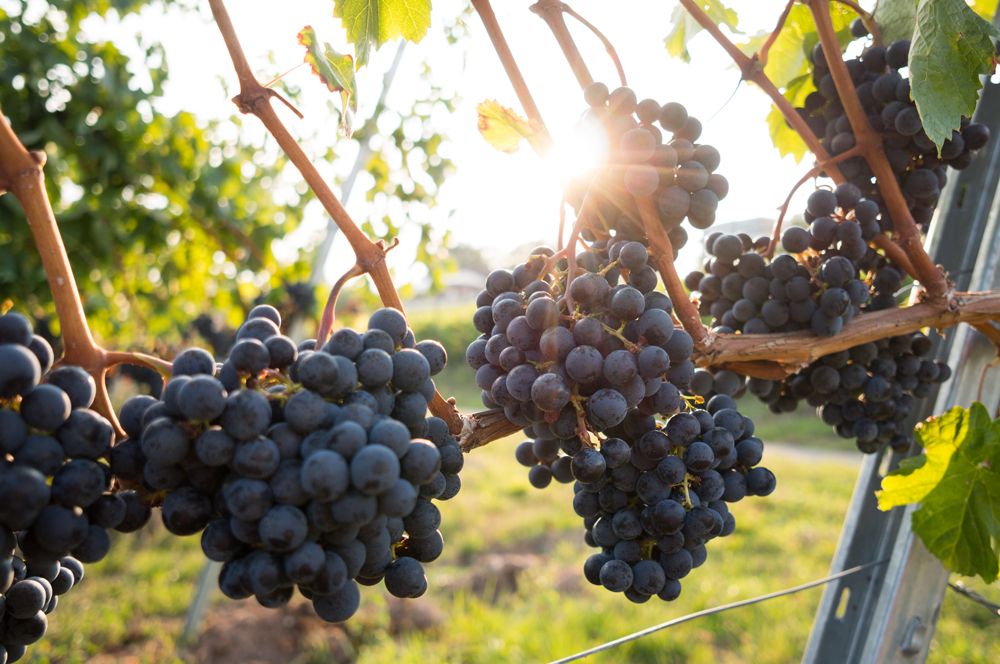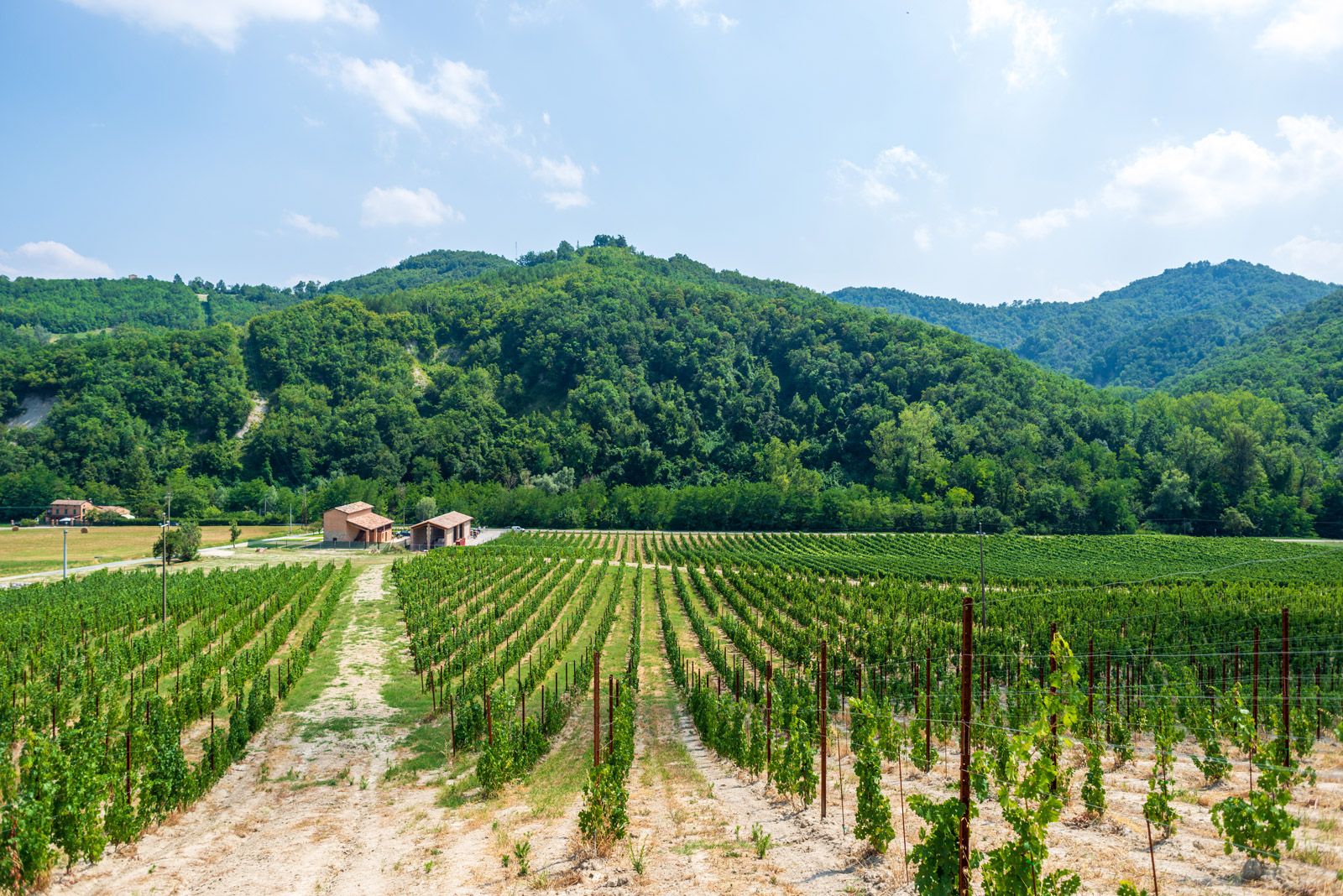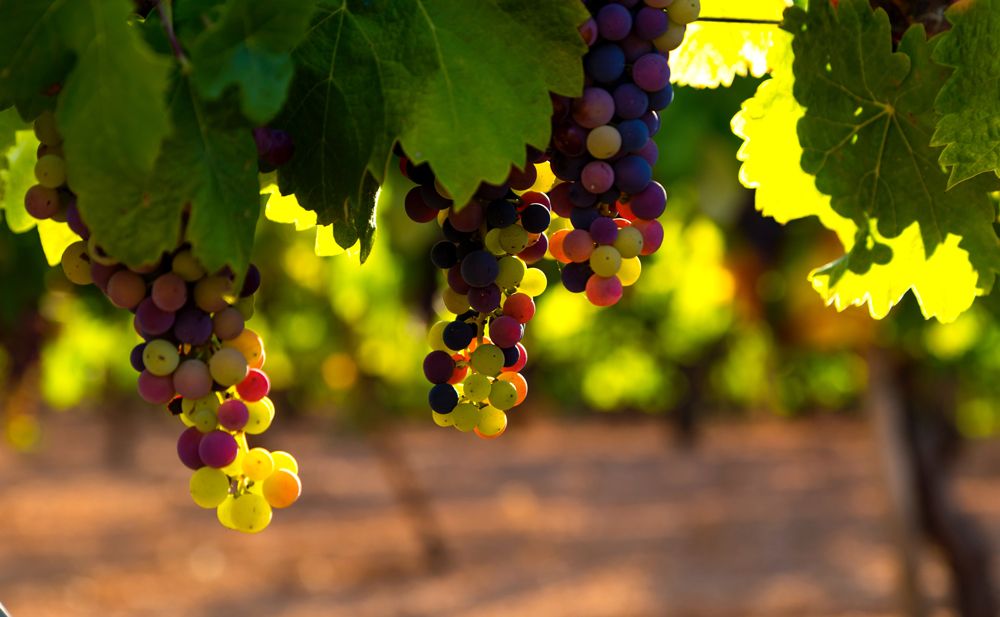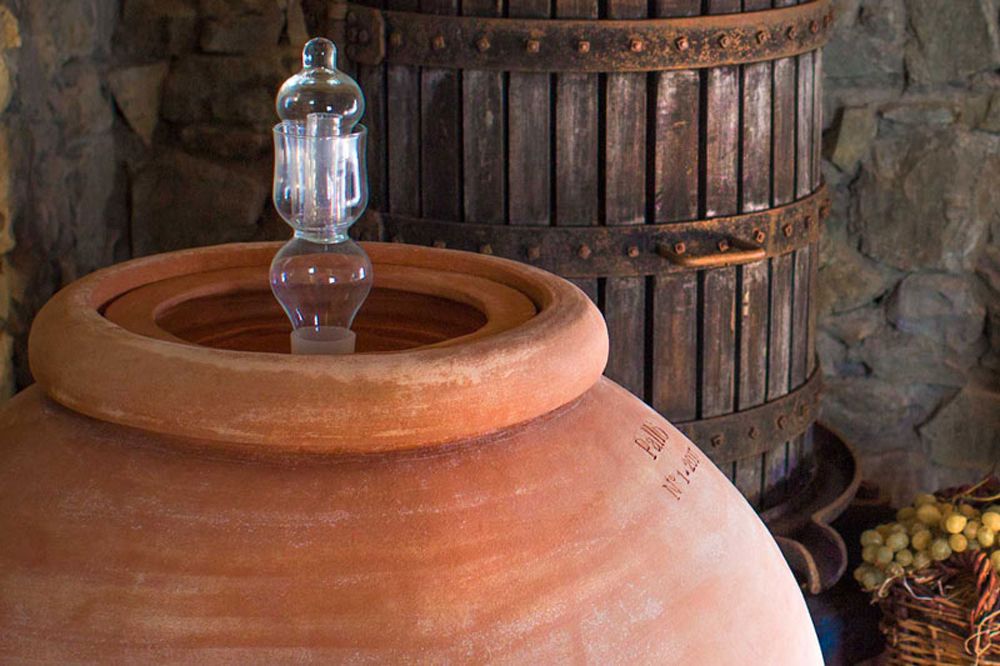Red vinification
What distinguishes white vinification from red vinification?
What distinguishes white vinification from red vinification?
The main difference lies in maceration, i.e. the contact of the must with the marc (skins and seeds) during fermentation: while in white vinification the solid parts of the grapes are removed immediately after harvesting through soft pressing to prevent the skins from releasing pigments and giving an undesirable colour, in red vinification maceration is essential for the development of colour, structure and longevity. The substances present in the grapes dissolve in the must due to the solvent power of the alcohol, which has a decisive influence on the character of the wine.







